I am new to Deep Learning, I think I've got the point of this Understanding NumPy's Convolve .
I tried this in numpy
np.convolve([3, 4], [1, 1, 5, 5], 'valid')
the output is
array([ 7, 19, 35])
According to the link the second element of the output should be 23.
[3 4]
[1 1 5 5]
= 3 * 1 + 4 * 5 = 23
It seems that the second element (19) is wrong in my case, though I have no idea how and why. Any responses will be grateful.
